PROTECT YOUR DNA WITH QUANTUM TECHNOLOGY
Orgo-Life the new way to the future Advertising by Adpathway Most of the classes at Glen Helen, whether Pro or Amateur, had full 40-man gates (with a second gate of 40-riders waiting behind them..Photo by Debbi Tamietti.
Most of the classes at Glen Helen, whether Pro or Amateur, had full 40-man gates (with a second gate of 40-riders waiting behind them..Photo by Debbi Tamietti.
We all have a wistful desire to return to the happiness of a former place, time or vehicle. This sentimental yearning is called “nostalgia”—and it is easily triggered by a song on the radio, an old movie, family snapshots or the smell of two-stroke oil burning. You don’t have to look very far to see modern throwbacks. In automobile manufacturing, the Ford Mustang, Dodge Challenger and Chevy Camaro are examples of retro-futurism. The home appliances in most modern show kitchens are modern takes on mid-century items like coffee pots, mixers, stoves and fridges.
 The Open Pro class makes its way into the canyon section of the Glen Helen track. Photo by Debbi Tamietti.
The Open Pro class makes its way into the canyon section of the Glen Helen track. Photo by Debbi Tamietti.
In the motocross world, two-stroke ownership pays homage to the era before politics which played such a big role in what we ride, how much riding costs and whose pockets are lined by the demise of the two-stroke. Being pro-two-stroke doesn’t mean that you have to be anti-four-stroke. Many of the modern two-stroke fans remember when four-strokes were driven off the racetracks of the world by the arrival of light and powerful Czechoslovakian and Swedish two-strokes in 1965. Two-strokes took over the sport 60 years ago and dominated the sport right up until the arrival of the 1998 Yamaha YZ400 four-stroke. Bam! Suddenly, history repeated itself, and, in the blink of an eye, two-strokes were banished from the motocross world with new class structures, fuel rules and displacement classes that favored four-strokes. It was 1965 all over again, but with four-strokes suddenly back on top.
 Ryan Morais (116) was second in the 125 Pro class, and he won the Pasha Over-30 125 Pro class, although Steven Tokarski (710) put up a battle. Photo by Max Mandell
Ryan Morais (116) was second in the 125 Pro class, and he won the Pasha Over-30 125 Pro class, although Steven Tokarski (710) put up a battle. Photo by Max Mandell
 MXA’s Shawn Bushnell (75) with the two-story scoring tower in the background..Photo by Mark Riker
MXA’s Shawn Bushnell (75) with the two-story scoring tower in the background..Photo by Mark Riker
 Once Shawn Bushnell gets to the top of the 220-story hill, he gets to enjoy the white knuckle ultra-steep downhill. Photo by Debbi Tamietti
Once Shawn Bushnell gets to the top of the 220-story hill, he gets to enjoy the white knuckle ultra-steep downhill. Photo by Debbi Tamietti
 The crowd of two-stroke fans got up close and personal with the oncoming bikes. Photo by Debbi Tamietti .
The crowd of two-stroke fans got up close and personal with the oncoming bikes. Photo by Debbi Tamietti .
Most motocross fans like to think of modern two-stroke racing as a laid-back, old-school, Woodstock-like get-together of old coots who reminisce about the good old days when two-strokes ruled the world. There is a fair amount of truth to that concept, because when the original four-strokes were driven from the scene, it only took 10 years before nostalgia brought four-strokes back into the limelight with the inaugural 1976 World Four-Stroke Championship.
 Dare Demartile (200) hugs the inside on his way to second overall in the Open Pro class, while Italians Alessio Bonetta (373) and Eugenio Barbaglia (421) fight to crack the top 10. (Above) Derek Drake (80) dominated the Open Pro class, but his bike let him down with a lap to go. Carson Brown (910) went down. Photo by Mark Riker
Dare Demartile (200) hugs the inside on his way to second overall in the Open Pro class, while Italians Alessio Bonetta (373) and Eugenio Barbaglia (421) fight to crack the top 10. (Above) Derek Drake (80) dominated the Open Pro class, but his bike let him down with a lap to go. Carson Brown (910) went down. Photo by Mark Riker
The counterculture Four-Stroke World Championship had a 34-year run and drew not only hard-core four-stroke machines from the past, but an impressive list of factory riders who wanted to race the bikes of the past. These riders included Mike Bell, Goat Breker, Pierre Karsmakers, Rex Staten, Ricky Johnson, Ron Lechien, Donny Schmit, Doug Dubach and Ryan Hughes. However, by 2010, it seemed silly to hold a World Four-Stroke Championship when every factory race team and championship racer was on a four-stroke. When four-strokes returned from the dead with the Yamaha YZ400, Honda CRF450 and Kawasaki KX450F, the World Four-Stroke Championship lost its cachet as the cool, retro, saving grace of the long-lost BSA era. That realization spelled the end of nostalgic four-stroke racing—because no one was nostalgic about brand-new, modern four-strokes.
 Off-road hero Dante Oliveira (356) won the Open Pro class when Derek Drake’s Yamaha YZ300 broke while he was winning.
Off-road hero Dante Oliveira (356) won the Open Pro class when Derek Drake’s Yamaha YZ300 broke while he was winning.
Guess what? You don’t need Sherlock Holmes to tell you that the demise of the World Four-Stroke Championship opened the door for a new wave of nostalgia for the long-abandoned two-stroke. So, in 2010, Glen Helen decided to hold the first-ever World Two-Stroke Championship as a focal point for the underground two-stroke revival that had grown since racers pushed their trusty smokers into the back of their garages to make room for that newfangled four-stroke 10 years earlier.
 Beta-mounted Dare Demartile (200) was second in the Open Pros.
Beta-mounted Dare Demartile (200) was second in the Open Pros.
The down-home, folksy atmosphere of two-stroke racing is now big business for aftermarket companies that sell plastic restyle kits, big-bore top-ends, two-stroke exhaust pipes, gold rims, graphics and Old New Stock (NOS). Today, everybody knows somebody who is restoring “that old dog”—and spending double what it would have cost to buy it when it was new. A walk through the pits at the 2025 World Two-Stroke Championship reveals bikes with incredible build quality that rival the best works bikes in the AMA Supercross pits. It’s easy to understand why Wiseco sponsored the 2025 World Two-Stroke Championship—the participants are their best customers. Wiseco knows that the 1000 two-stroke bikes in the pits at Glen Helen aren’t “garage queens.” They are race bikes ridden by men who decided that life was too short, and perhaps it would be more worth living if they went against the four-stroke grain.
 No one was within sight of Derek Drake in the first moto, but they got to see him in the second moto when he pushed his bike off the track.
No one was within sight of Derek Drake in the first moto, but they got to see him in the second moto when he pushed his bike off the track.
With each passing year, as two-strokes faded from the lives of young fans and teenage racers, the old-school machinery became more iconic in the minds of hardcore racers who wished to preserve the two-strokes. And with each passing year, the World Two-Stroke Championship took on more meaning as the sport got further away from affordable, lightweight and easy-to-maintain motorcycles in favor of increasingly complicated, overly electronic and ridiculously expensive four-strokes.
 2023 World Two-Stroke Champion Carson Brown (910) lost his brakes in the second Open Pro moto, but hung on to get third overall with a 2-4. Photo by Mark Riker
2023 World Two-Stroke Champion Carson Brown (910) lost his brakes in the second Open Pro moto, but hung on to get third overall with a 2-4. Photo by Mark Riker
In truth, the original World Two-Stroke Championship was born when no one else in the world cared about two-strokes‚ and they didn’t care because they couldn’t make a buck from them. So, while the rest of the motocross world went about the business of ruining the sport they inherited, there were still a few small enclaves of rebellion. Doing the exact opposite of what the big manipulators at the AMA, MX Sports, FIM, Feld, Infront and factories want you to do is what is so sweet about the 16th Annual World Two-Stroke Championships. People show up, not in support of the manufacturers who dropped two-strokes, but in the self-satisfactory jubilation of keeping old-world, cottage-industry technology alive while sticking it to the man at the same time. Ain’t life strange?
 Bryson Gardner is the younger brother of Beta USA’s factory team manager, Carlen Gardner. He’s also a fast pro himself. He finished fourth overall in the Open Pro class and made $1000. Photo by Mark Riker
Bryson Gardner is the younger brother of Beta USA’s factory team manager, Carlen Gardner. He’s also a fast pro himself. He finished fourth overall in the Open Pro class and made $1000. Photo by Mark Riker
No one expected a giant turnout for a two-stroke-only race at Glen Helen, but that is exactly what happened when the 2025 Wiseco World Two-Stroke Championship, hosted by Fasthouse, came to town. Two-stroke racing epitomizes the good old days, but it might not be just the bikes that were different back then. Most likely, it is the people who race two-strokes, then and now, who are the common denominators that make two-strokes great
 Italy’s Eugenio Barbaglia borrowed a YZ250 from Light Speed and went 21-12 in the Open Pro class.
Italy’s Eugenio Barbaglia borrowed a YZ250 from Light Speed and went 21-12 in the Open Pro class.
 KTM’s R&D test rider Ryan Morais made the fuel-injected 2025 KTM 150SX look good with a second place in the Pasha 150 Open Pro and a first place in the Over-30 Pasha 150 class. Eventual 125 Pro winnner Josh Mosiman chases Ryan up a steep Glen Helen hill. Photo by Max Mandell
KTM’s R&D test rider Ryan Morais made the fuel-injected 2025 KTM 150SX look good with a second place in the Pasha 150 Open Pro and a first place in the Over-30 Pasha 150 class. Eventual 125 Pro winnner Josh Mosiman chases Ryan up a steep Glen Helen hill. Photo by Max Mandell
 Kai Aiello (310) was third in the 125 Pro class behind Josh Mosiman and Ryan Morais. Photo by Mark Riker
Kai Aiello (310) was third in the 125 Pro class behind Josh Mosiman and Ryan Morais. Photo by Mark Riker
 Brandon Ray (388) had bike problems in the first Pasha 150 Pro moto, but he passed Josh Mosiman on the last lap to win moto two, but a 28-1 was only good enough for 15th overall. Brandon also raced one of Pasha’s KTM 150s. Photo by Mark Riker
Brandon Ray (388) had bike problems in the first Pasha 150 Pro moto, but he passed Josh Mosiman on the last lap to win moto two, but a 28-1 was only good enough for 15th overall. Brandon also raced one of Pasha’s KTM 150s. Photo by Mark Riker
 Sean Lipanovich (505) chases Steven Tokarski (710) up the inner loop. It is an uphill/downhill inside the Mt. Saint Helen hills.
Sean Lipanovich (505) chases Steven Tokarski (710) up the inner loop. It is an uphill/downhill inside the Mt. Saint Helen hills.
 Josh Mosiman, wide open down the steep Glen Helen hill in the middle of the track with Brandon Ray chasing him in moto two. Josh made two passes at the bottom of this hill to take the lead. Photo by Max Mandell
Josh Mosiman, wide open down the steep Glen Helen hill in the middle of the track with Brandon Ray chasing him in moto two. Josh made two passes at the bottom of this hill to take the lead. Photo by Max Mandell
 Steven Tokarski (710) was the biggest surprise of the day. In his first race back since 2017, he battled up front in the Pasha 150 Open Pro and Pasha Over-30 Pro classes. And, he did it on a Pro Circuit-built YZ125 against fully built 150s. Photo by Mark Riker
Steven Tokarski (710) was the biggest surprise of the day. In his first race back since 2017, he battled up front in the Pasha 150 Open Pro and Pasha Over-30 Pro classes. And, he did it on a Pro Circuit-built YZ125 against fully built 150s. Photo by Mark Riker
 Sean Lipanovich (505) raced four motos and scored four holeshots. MXA’s Dennis Stapleton (184) and Shawn Bushnell (75) were in hot pursuit.
Sean Lipanovich (505) raced four motos and scored four holeshots. MXA’s Dennis Stapleton (184) and Shawn Bushnell (75) were in hot pursuit.
 Race testing is the best way to test. MXA’s Josh Fout piloted our 2025 TM 300MX to third overall in the 25+ Expert class.
Race testing is the best way to test. MXA’s Josh Fout piloted our 2025 TM 300MX to third overall in the 25+ Expert class.
 Dustyn Davis, son of former Pro Ty Davis, is awesome to watch. Clearly, Dustyn and his dad have been keeping up with the latest riding-technique trends. He made it look easy winning the 125 and 250 Intermediate classes.
Dustyn Davis, son of former Pro Ty Davis, is awesome to watch. Clearly, Dustyn and his dad have been keeping up with the latest riding-technique trends. He made it look easy winning the 125 and 250 Intermediate classes.
 Doug Dubach (15) is one of a small handful of Pro riders who eschews racing a 150 in favor of a 125. It worked for Doug. He won the Pasha Over-50 125 Pro class without the extra 25cc. Photo by Debbi Tamietti
Doug Dubach (15) is one of a small handful of Pro riders who eschews racing a 150 in favor of a 125. It worked for Doug. He won the Pasha Over-50 125 Pro class without the extra 25cc. Photo by Debbi Tamietti
 British hero Kurt Nicoll (2) was second overall in the Pasha Over-50 125 Pro class. Photo by Debbi Tamietti
British hero Kurt Nicoll (2) was second overall in the Pasha Over-50 125 Pro class. Photo by Debbi Tamietti
 Nick Mairose (747) was fourth overall in the Over-50 Pasha 150 class. Pasha paid the top three in his other two classes, but he paid down to fifth for the Over-50 division. Nick earned $600 from his friend Pasha.
Nick Mairose (747) was fourth overall in the Over-50 Pasha 150 class. Pasha paid the top three in his other two classes, but he paid down to fifth for the Over-50 division. Nick earned $600 from his friend Pasha.
 Jeff Emig went 3-3 behind Dubach and Nicoll in the Over-50 125 Pro class. Photo by Debbi Tamietti
Jeff Emig went 3-3 behind Dubach and Nicoll in the Over-50 125 Pro class. Photo by Debbi Tamietti
 You haven’t lived until you’ve watched a full gate of 40 Pro riders on 250 and 300 two-strokes scream towards the Talladega first turn at Glen Helen. This class draws the crowd.
You haven’t lived until you’ve watched a full gate of 40 Pro riders on 250 and 300 two-strokes scream towards the Talladega first turn at Glen Helen. This class draws the crowd.
 Pasha 150 Open Pro: Ryan Mirais (left), Josh Mosiman (center), Pasha Afshar (back row) and Kai Aiell (right).o
Pasha 150 Open Pro: Ryan Mirais (left), Josh Mosiman (center), Pasha Afshar (back row) and Kai Aiell (right).o
 Pasha Over-50 Pro podium: Kurt Nicoll (left), Doug Dubach (center) and Jeff Emig (missed podium photo)
Pasha Over-50 Pro podium: Kurt Nicoll (left), Doug Dubach (center) and Jeff Emig (missed podium photo)
 Two-Stroke Open Pro podium: Dare Demartile (left) Dante Oliveira (center) and Carson Brown (right).
Two-Stroke Open Pro podium: Dare Demartile (left) Dante Oliveira (center) and Carson Brown (right).
 Pasha Afshar put up a big purse and best of all, he paid the riders in cash right aftee the crossed the finish line. Josh Mosiman holds a hand full of $100 bills. Photo by Debbie Tamietti
Pasha Afshar put up a big purse and best of all, he paid the riders in cash right aftee the crossed the finish line. Josh Mosiman holds a hand full of $100 bills. Photo by Debbie Tamietti





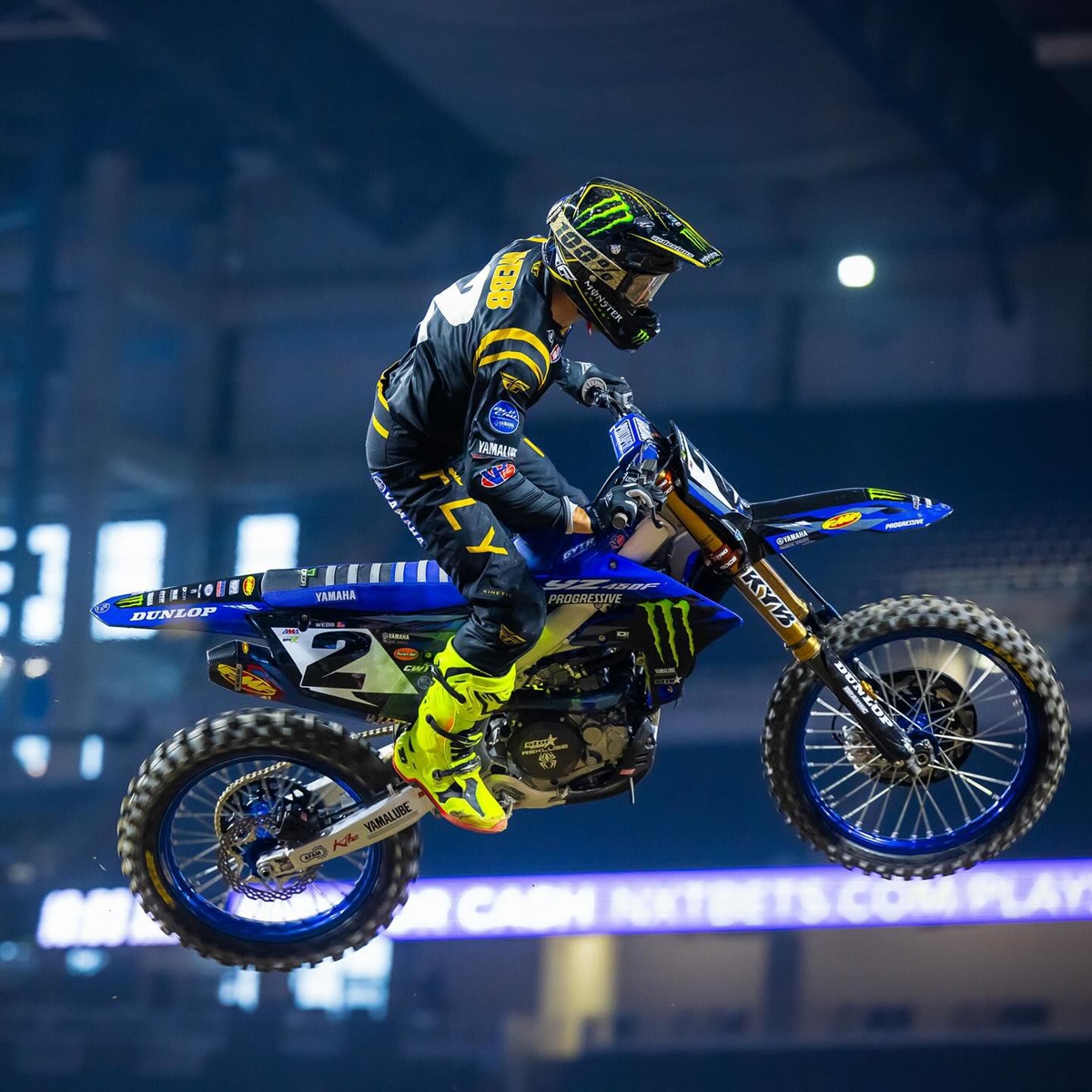

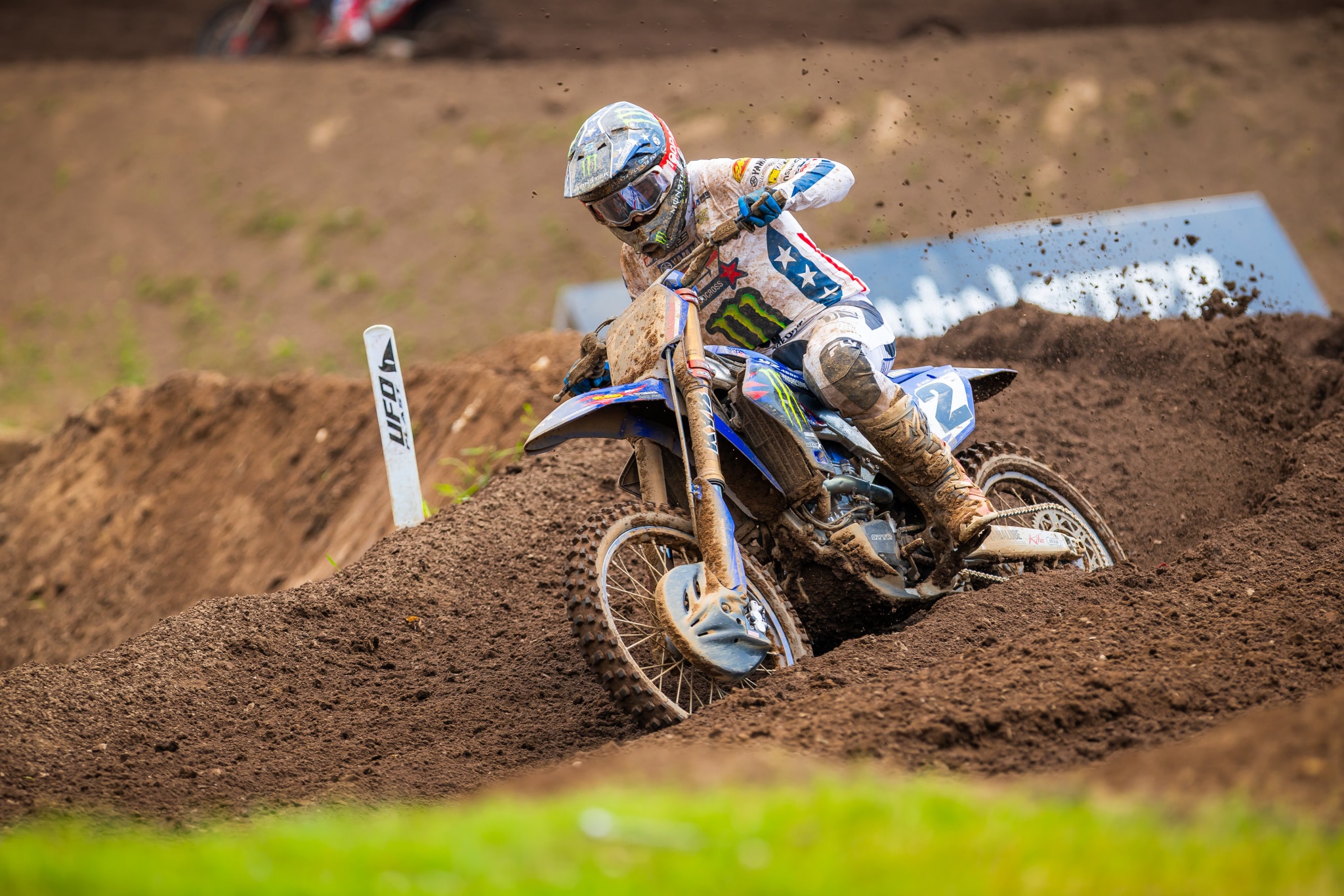

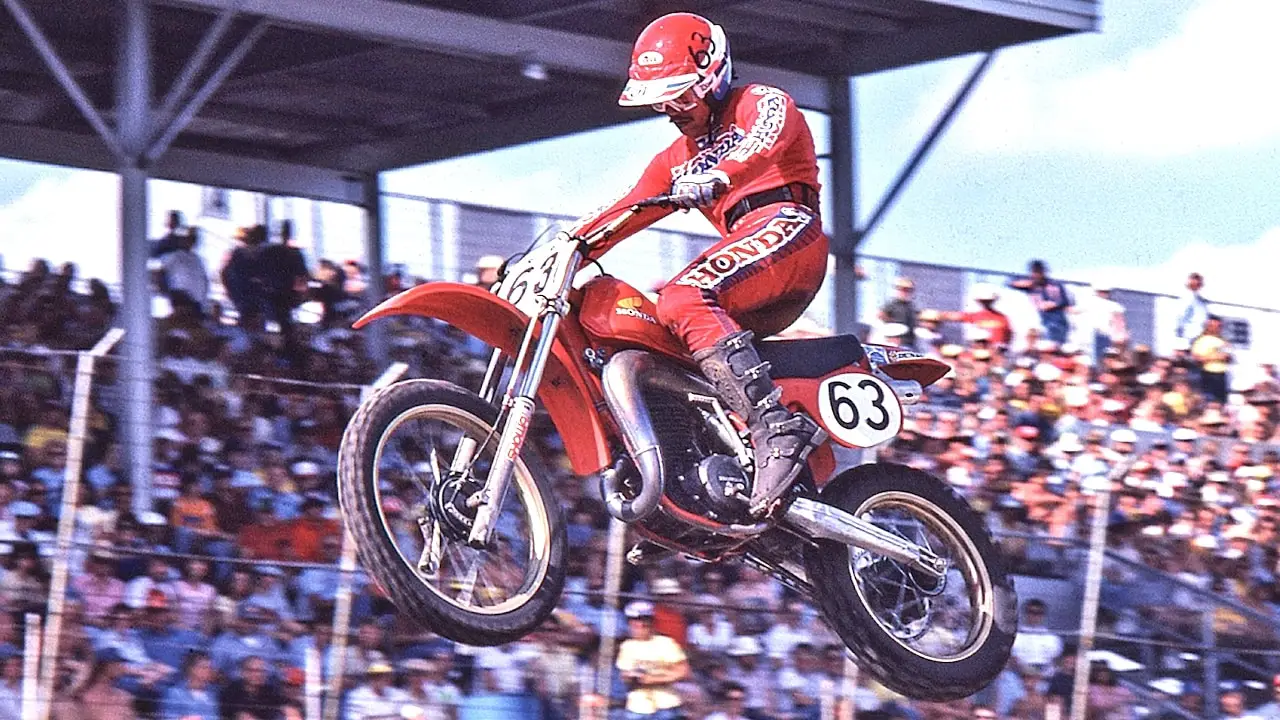




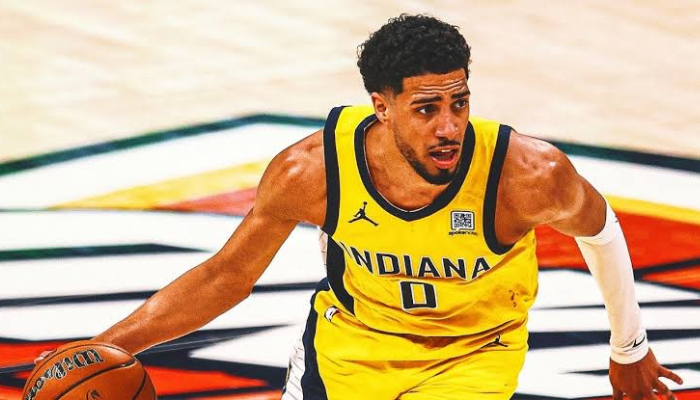

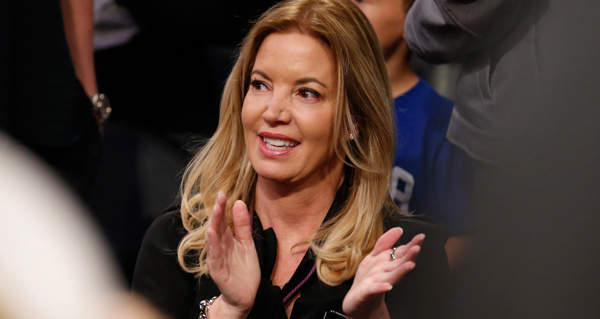

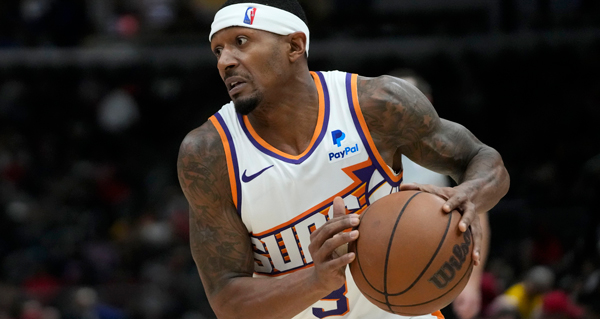
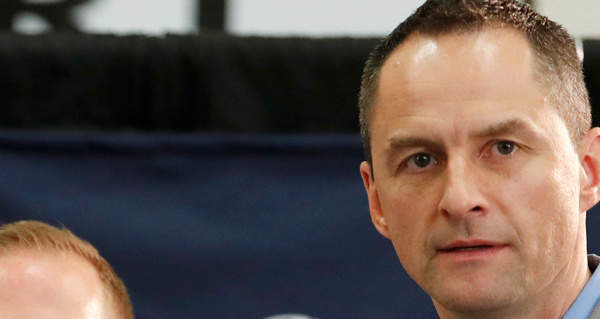
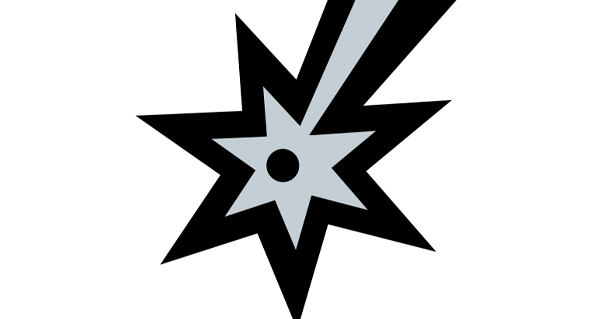

 English (US) ·
English (US) ·  French (CA) ·
French (CA) ·